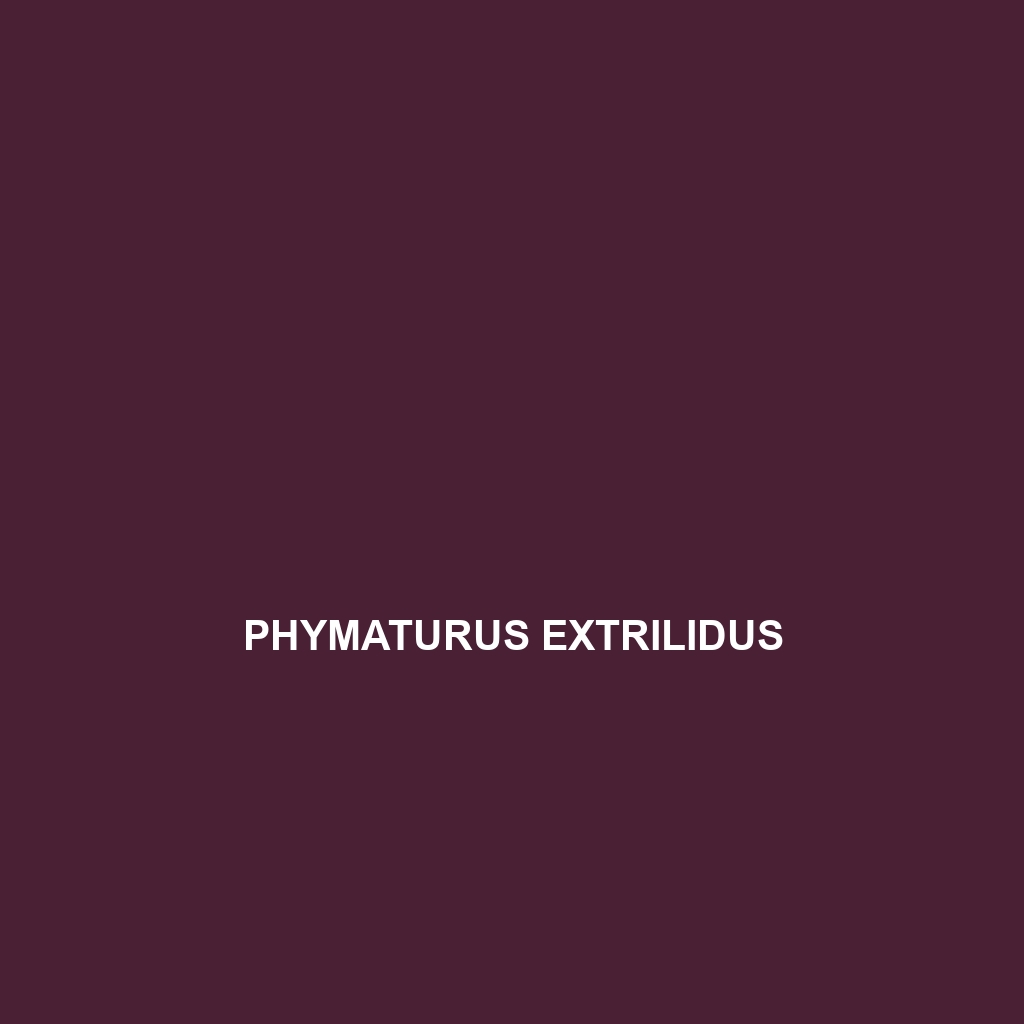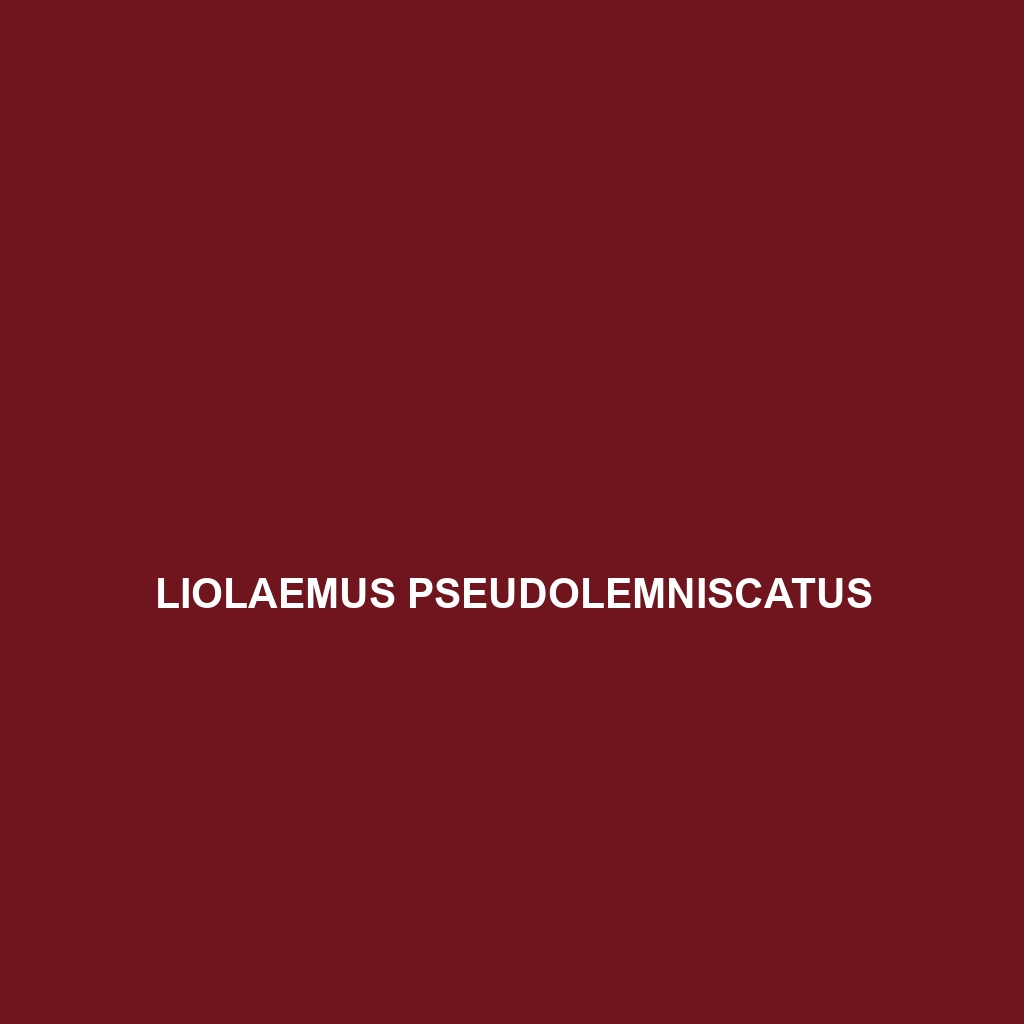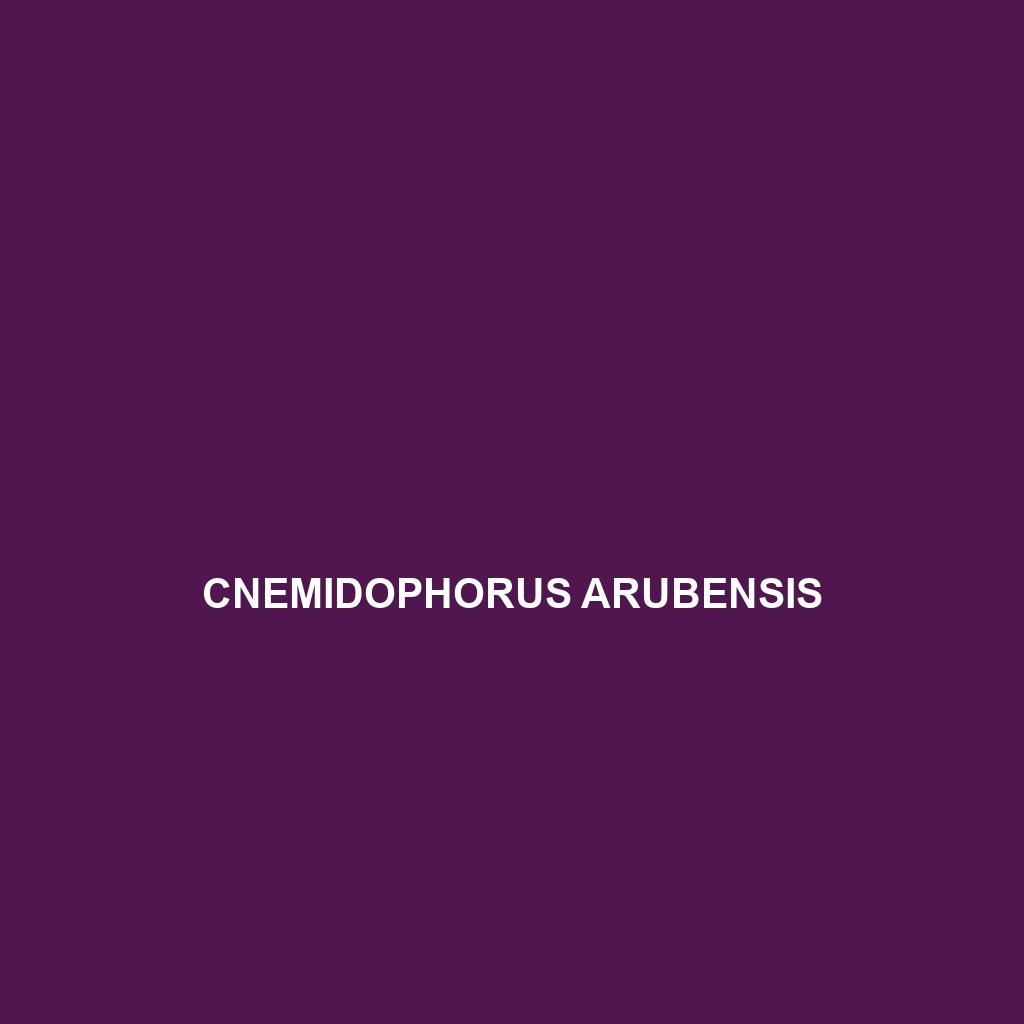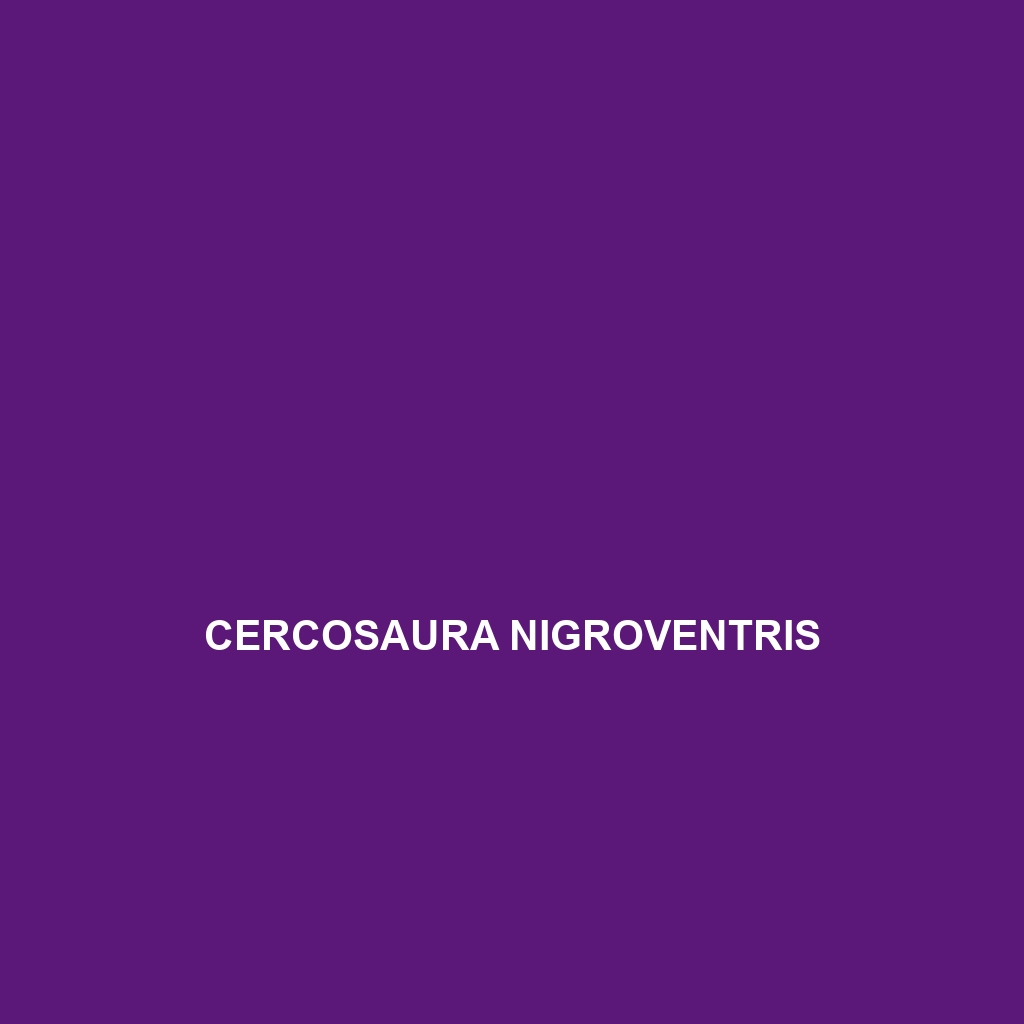Discover the Polychrus peruvianus, or Peruvian bush anole, a captivating medium-sized lizard native to the Amazon Basin, known for its vibrant color changes and excellent climbing skills. This insectivorous species plays a critical role in its ecosystem by regulating insect populations and aiding in seed dispersal, all while adapting seamlessly to its lush rainforest habitat.
Tag: conservation of lizards
Polychrus peruvianus
Discover the Polychrus peruvianus, or Peruvian bush anole, a captivating medium-sized lizard native to the Amazon Basin, known for its vibrant color changes and excellent climbing skills. This insectivorous species plays a critical role in its ecosystem by regulating insect populations and aiding in seed dispersal, all while adapting seamlessly to its lush rainforest habitat.
Platysaurus maculatus
<h2>Product Short Description</h2> <p><b>Platysaurus maculatus</b>, also known as the spotted flat lizard, is a striking species native to Southern Africa, thriving in savannas, scrublands, and temperate forests. With its vibrant brown and grey mosaic coloration and unique behavioral traits, this diurnal insectivore plays a vital role in its ecosystem through pest control and soil health enhancement.</p>
Phymaturus extrilidus
<b>Phymaturus extrilidus</b> is a medium-sized lizard native to the arid regions of <a href="https://en.wikipedia.org/wiki/Argentina">Argentina</a>, particularly in <a href="https://en.wikipedia.org/wiki/Neuqu%C3%A9n_Province">Neuquén</a>, known for its robust body, flattened shape, and ability to adapt to harsh environments. This species plays a crucial role in its ecosystem as an insectivore, helping to regulate insect populations while exhibiting unique behaviors during mating.
Lygosoma bampfyldei
Lygosoma bampfyldei, commonly found in tropical and subtropical regions, is a moderately sized lizard measuring 15 to 25 cm, known for its elongated body and glossy, camouflage coloration. This insectivorous species thrives in moist habitats and plays a vital role in maintaining ecological balance by controlling insect populations.
Liolaemus pseudoanomalus
<p><b>Liolaemus pseudoanomalus</b> is a moderate-sized lizard found in temperate South American habitats, with a diet primarily consisting of insects and occasional plant matter. Known for its unique coloration and diurnal behavior, this species plays a vital role in controlling insect populations and aiding in seed dispersal within its ecosystem.</p>
Eremias rafiqi
Discover the fascinating Eremias rafiqi, a medium-sized lizard thriving in the arid regions of Central Asia, known for its striking sandy hue and quick movements. This insectivorous predator plays a crucial role in maintaining ecological balance by regulating insect populations while adapting remarkably to its harsh habitat.
Corucia zebrata
Discover the Corucia zebrata, or Solomon Island skink, a unique herbivorous lizard native to the humid tropical forests of the Solomon Islands, known for its striking appearance, prehensile tail, and important ecological role. With a robust body averaging 50-70 cm in length and a diet comprising fruits and leaves, this vulnerable species is essential for maintaining the rainforest ecosystem.
Cnemaspis zacharyi
Common Name: Cnemaspis zacharyi Scientific Name: Cnemaspis zacharyi Habitat: Cnemaspis zacharyi is primarily found in the lush regions of Southeast Asia, particularly in the tropical forests of Myanmar and Thailand. This species thrives in humid environments, favoring rocky outcrops, forested areas, and densely vegetated habitats that provide ample cover and basking opportunities. Physical Characteristics: Cnemaspis […]
Cercosaura nigroventris
Discover the Cercosaura nigroventris, a small to medium-sized lizard known as the black-vented sphaeodactylid, found in the humid tropical forests of Central America. With its distinctive coloration and agile behavior, this diurnal predator primarily feeds on small insects while playing a vital role in its ecosystem.









